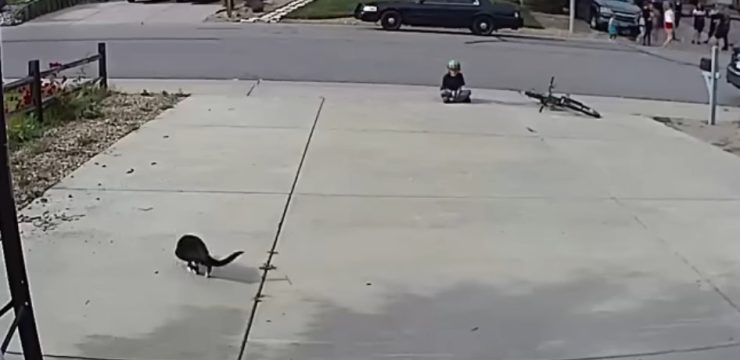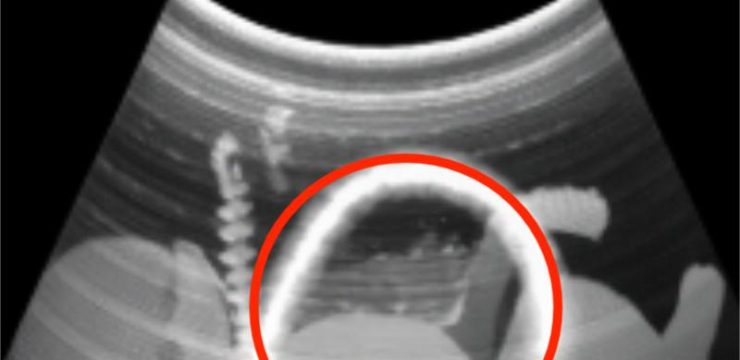If you spot this insect in your home, don’t ignore it—head straight to a doctor.
When Flor Rodríguez was pregnant, she received unexpected and frightening news—she had Chagas disease. This potentially dangerous parasitic infection is transmitted by a blood-sucking insect known as the kissing bug. Fortunately, after undergoing treatment, her baby tested negative for the disease. But not everyone is as lucky or receives timely care.

In another case, Elvira Idalia Hernández Cuevas didn’t learn her daughter had Chagas disease until she turned 18. By then, precious time had already been lost. The delay wasn’t just due to chance—it was largely because the doctors she consulted were unfamiliar with the disease. This lack of awareness and training meant that early intervention was missed, and her daughter had to deal with the consequences.
Chagas disease was first identified in 1909 and continues to be a pressing health concern in Latin America. The disease is most commonly spread through the bite of a kissing bug, an insect that tends to bite people near their mouths—hence the name. Once infected, a person may go years without symptoms. But if left untreated, Chagas can eventually lead to life-threatening heart and digestive system complications.
What’s alarming is how underreported and overlooked Chagas still is, despite the potentially devastating outcomes. Hernández, who has become a passionate advocate after her daughter’s diagnosis, openly criticizes health authorities for failing to track cases effectively and not providing doctors with proper training on how to detect and treat the disease.
Chagas is classified as a neglected tropical disease, a category that includes illnesses that are widespread in lower-income regions but receive little attention or funding. This classification contributes to the broader problem—most people have never heard of Chagas, and many healthcare professionals aren’t equipped to deal with it.
Even when a diagnosis is made, treatment is no walk in the park. The current medications available for Chagas come with intense side effects. Rodríguez, for example, experienced severe hives, dizziness, and nausea during her treatment. Despite these challenges, she was determined to follow through for the sake of her unborn child.
Efforts are being made to raise awareness and improve care. Professor David Moore of the Hospital for Tropical Diseases in London has launched the Chagas Hub, a global initiative aimed at better understanding the disease and ensuring those affected receive proper treatment. However, progress remains frustratingly slow, especially in light of the World Health Organization’s ambitious goal to eliminate Chagas disease by 2030.
In the meantime, Hernández has taken matters into her own hands. She now serves as the president of FINDECHAGAS, an organization committed to fighting for patients’ rights, increasing public awareness, and pushing for more aggressive public health responses. Through her work, she hopes to ensure that no other family has to go through what hers did.
So, what does this mean for you? If you ever come across a kissing bug in your home—or even if you suspect you’ve seen one—it’s crucial to take it seriously. These insects can carry a disease that, if caught early, is manageable, but if ignored, can lead to serious health consequences down the road.
You can identify a kissing bug by its long, flat body, cone-shaped head, and dark coloring with orange or red markings along the sides. They’re often found hiding in cracks, crevices, and other small spaces inside or near your home, especially in rural or warm climates.
Prevention includes sealing gaps in walls and doors, using screens on windows, and avoiding sleeping in thatched-roof structures if you’re traveling in regions where the disease is common. If you believe you’ve been bitten or exposed, don’t wait—seek medical attention immediately.
Ultimately, both Rodríguez’s and Hernández’s stories highlight the urgent need for increased education, better medical training, and a stronger global response to Chagas disease. By knowing what to look for and how to react, we can all play a small part in stopping this silent but serious threat.





